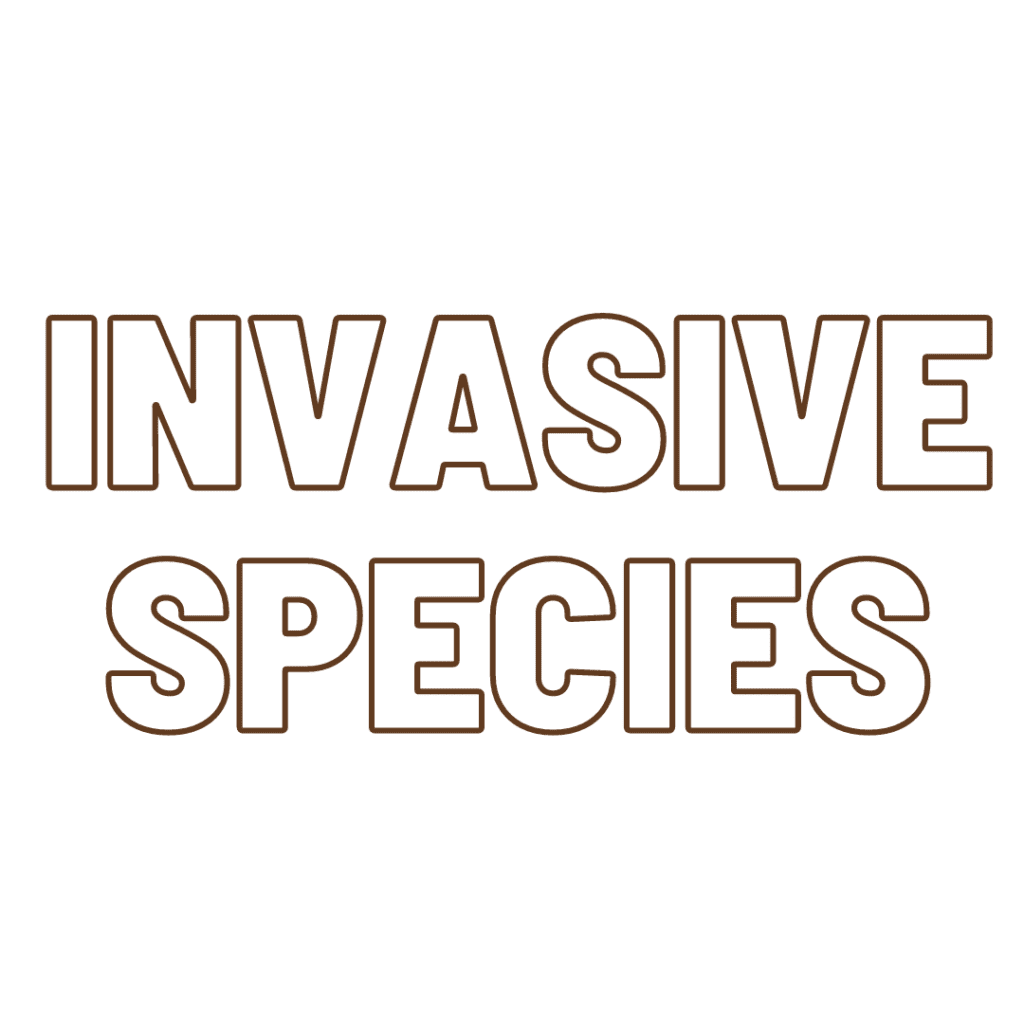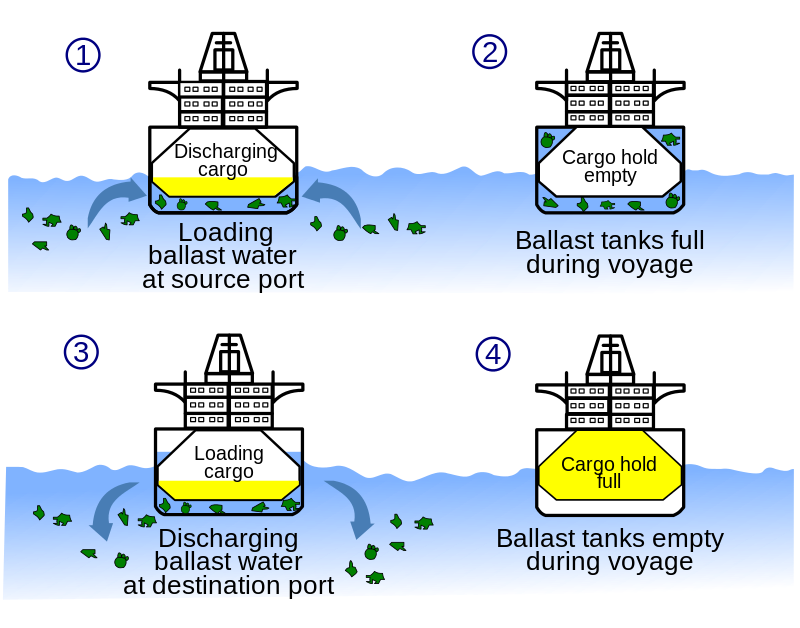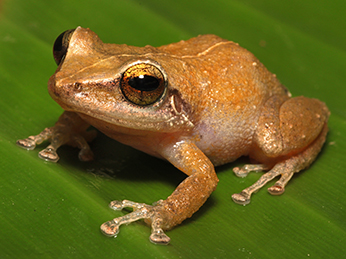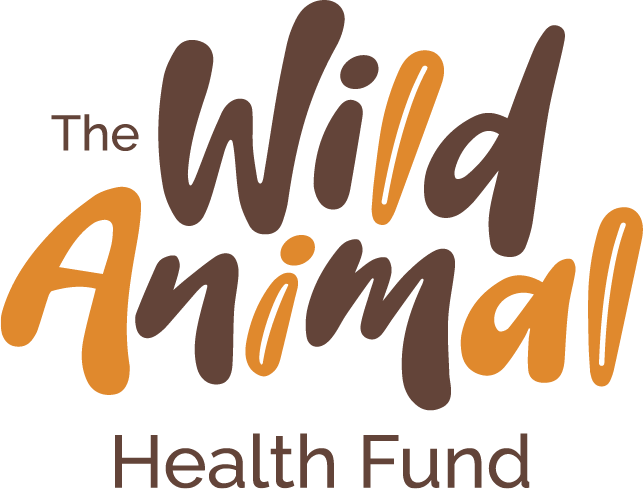What are invasive species, and why should we care?

According to the National Invasive Species Center, an invasive species is any living organism (or microbe for you science people) that enters a foreign ecosystem. The introduction of invasive species is also considered likely to cause economic, environmental, or human harm.
How do they spread?
Invasive species can be spread in many ways, with most of them being human error. One of the most common ways is by ship ballast water. Ballast is a term to describe a force that keeps a boat upright during winds or other outside forces. Water is used as ballast in ships, in some situations. When the ship arrives, the water is discharged along with plants, animals, and other organisms. Ballast water discharges are the leading source of invasive species in the U.S. waters.

Another way species can spread is by accidental release. Floridians can attest to the dangers that come with releasing non-native exotic animals into the environment, as Burmese pythons are becoming a huge problem in the Everglades. In addition to new predators in the ecosystem, invasive species pose a risk because of disease and competition for resources.
So why does it matter?
Invasive species cause harm to native species in the form of food, water, and shelter competition. Just like cities get overpopulated, so do ecosystems. This competition can cause the native species to face extinction! According to the U.S. Fish and Wildlife Service, even if the native species do not go extinct, their ecosystem becomes much less diverse. A less diverse ecosystem makes it more likely to face disease and serious natural disasters.
Where’s the proof?
Cheatgrass is an invasive species in Washington that was partly responsible for the 2020 wildfire that burned 8,000 acres in the Saddle Mountain National Wildlife Refuge. Another example: A non-native Puerto Rican frog has wreaked havoc on Hawaii real estate, due to its loud call that keeps locals up at night. In those two examples alone, it’s evident how dangerous invasive species are to our ecosystems, economies, and safety.

How can you help stop the spread of invasive species?
- Clean your fishing and hiking gear! Be sure to spray down waders and boots to make sure you don’t bring any unwanted critters with you.
- Don’t move your firewood. Sounds strange, but because firewood was once a tree, it hosts lots of damaging invasive species. Only move it once you’re ready to use it!
- Speak with your local nursery about native choices. Planting native strengthens your local ecosystem while making your yard look great!
- Take a few minutes and learn the invasive species in your area. Being prepared is the best way to handle an encounter with the species.
- Check your pup’s paws when traveling. Their furry feet are a perfect carrier for seeds!
- Support the Wild Animal Health Fund! By supporting, you are supporting research on your local ecosystem. When researchers have access to funds, they can prevent native species from being harmed.
